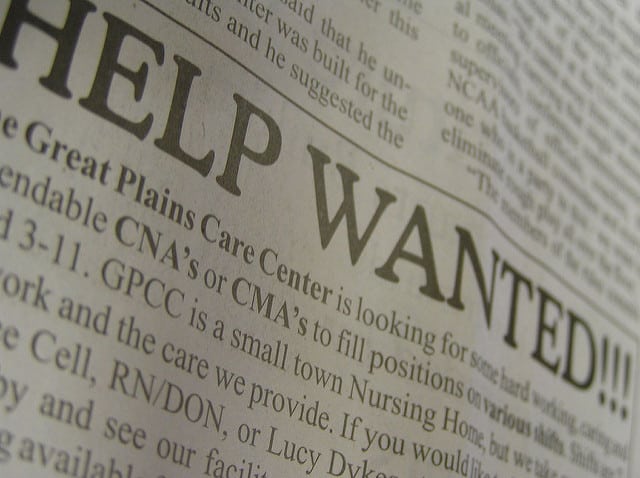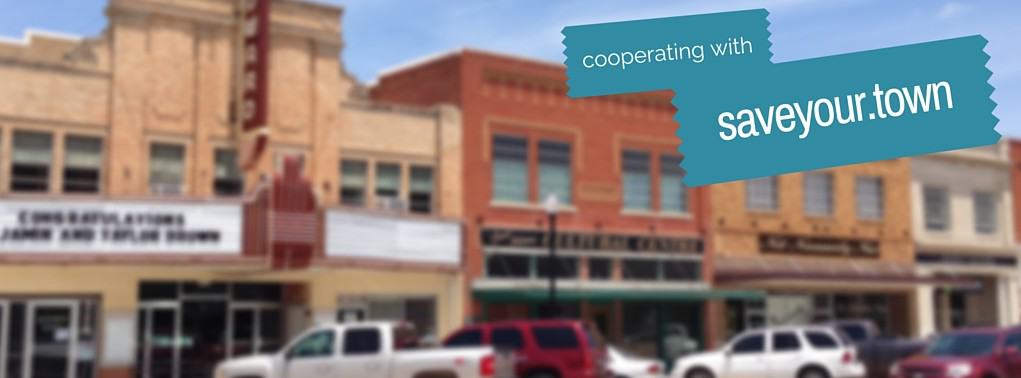
How can rural businesses find people to fill jobs that are open NOW?
After we talked about the difficulties in finding good people for low-level jobs in rural areas, I wanted to follow up with a challenge Mike shared with us: “Getting people to live here or come here for the jobs we have open NOW!”
Mike’s not the only one with workforce challenges. It was one of the top answers in our Survey of Rural Challenges, and is mentioned often as a rural economic development challenge. You’re not the only one caught between businesses who can’t fill the jobs they have open and young people who say there are no jobs here.
I know Mike said “NOW!” but I want to look at three time frames: short term, long term, and the future.
Short Term
Short term it’s a matter of working with the people you already have. (We’ll get to attraction, but it takes longer.) You start by building better connections between the people you have and the jobs available. Sure, there are already some connections between the employers and the educational system, but there’s a problem: things change.
Think about this for a second: how much have the jobs and types of jobs available changed over just the past five years? A lot? If that’s true, then it seems likely that you need to spend some time updating the old connections, making sure teachers, students, organizations, schools, career techs/vo-techs, community colleges, 4 year colleges, big universities based in other towns that cover your area, and every other educational institution actually knows what jobs are here and how students can connect to them.
Then it’s time to turn that around. How much do the businesses know about what has changed in all the schools in even the past 5 years? Do the businesses know about other businesses in town that might be a good source of trained workers? Are there connections or collaborations that can help address each others’ needs?
Another part of short-term work is to reach out to diverse groups in your community. Who is slipping through the cracks of your current system? People already in your community are a ready resource, compared to people who would have to be convinced to make a move.
To get inspired and take action on the short-term work, watch this extremely informative TEDx talk: Small town big change: Mayor Dale Williams at TEDxAuckland. He took on the “no jobs!” “no workers!” conundrum, and won.
Long Term
Long term, the answer is to make your town a better place to live. If you want people to move to town to take jobs, you have to make it a town people want to move to. The good news is you have potential partners for this effort all over town: artists, real estate professionals, economic development people, tourism groups, churches, and a lot more. Figure out how to start bringing these people together and building connections!
For practical steps toward attracting new people, check out my piece on If it’s a nice place to visit, it’s a nice place to live.
I’m sure you noticed the Idea Friendly platform under this: Gather your Crowd, Build Connections, Take Small Steps.
The Future
And that leads us to the future. What will the jobs/workforce question look like 30 years from now? I think jobs will be far less relevant. We’ll have a lot more people who create their own business or work on their own terms. Automation will take over a lot of what economic developers used to call “good jobs.” Creative expression, craft skills, and personal contact will be far more important. Work may be short term, changeable, and tied to projects rather than lifetime careers. Then again, I may be way off target. No one knows, not yet. So best for us to be open to new ideas, and experiment our way into the future.
This article originally appeared in Becky’s email newsletter, A Positive View of Rural. Sign up here.
New to SmallBizSurvival.com? Take the Guided Tour. Like what you see? Get our updates.











Thank you so much for sharing this content. I really liked this article.
I was wondering which jobs are people looking for in rural areas and is it the same jobs that are open?
Naomi, I don’t have any hard data on what jobs rural people are looking for. Because “rural” covers so many different size towns as well as sparsely populated areas and includes 46 million people in the US Census count, there is no way to make a blanket statement. If you’re interested in a specific region, I’d look to local workforce data. Check with your state department of labor for local numbers.
This is a good read, Becky. There’s still some form of magic in small towns that larger cities do not have. Maybe it’s the slower pace of living–life seems to take its own sweet time in small towns. Small towns need to be open to new ideas, too, for its survival. I just hope that the change isn’t too drastic that it erases all traces of the proverbial old town charm.
Khris Villoria
KnowledgeCity
Thanks, Khris. It’s important to remember that every small town is different with their own workforce challenges and assets.